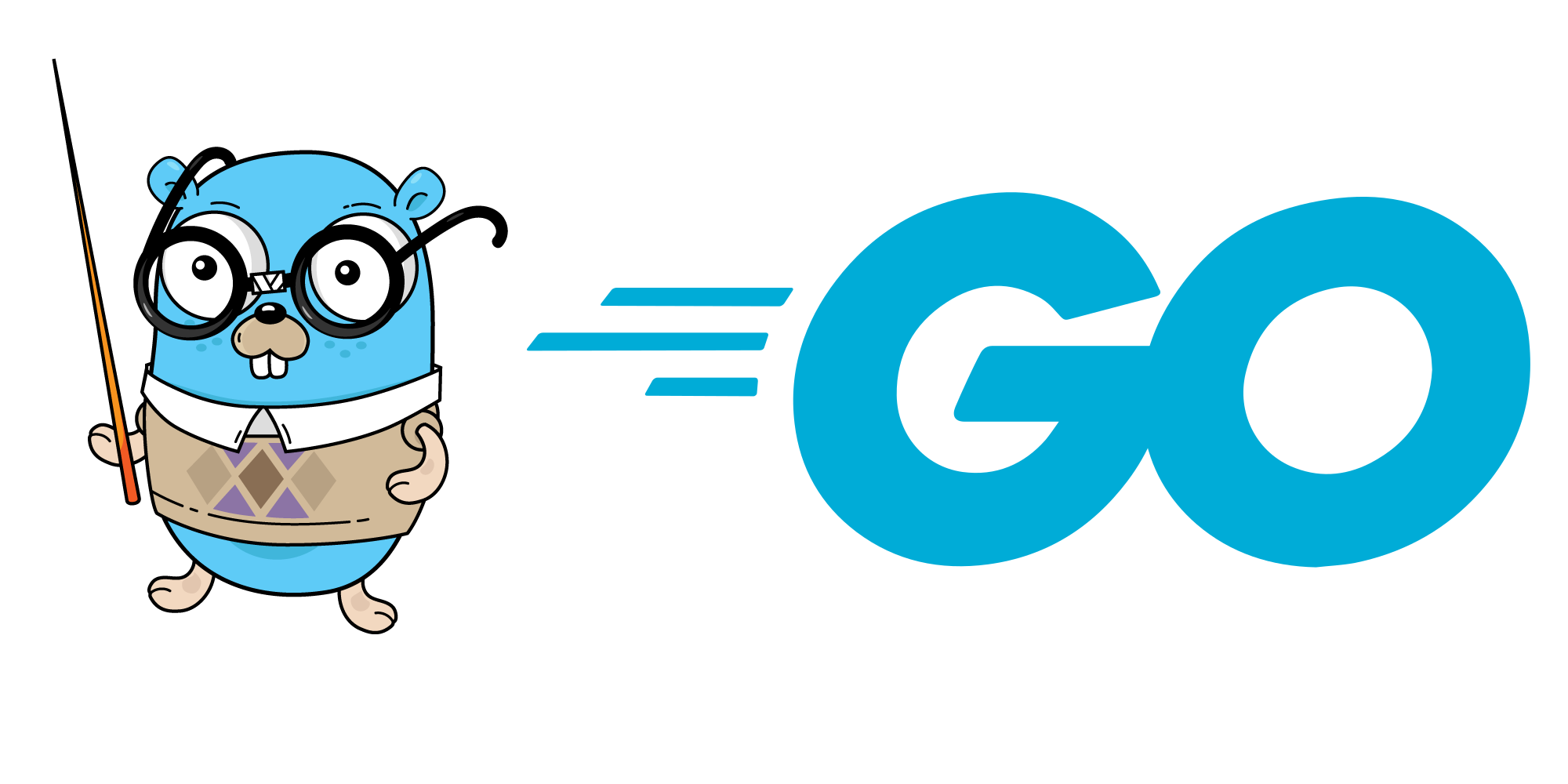In this tutorial, you’ll learn how to handle dynamic objects in Go by working with a JSON-like structure. We’ll parse, manipulate, and output data dynamically using map[string]interface{} and the encoding/json package.
Prerequisites
- Basic knowledge of Go programming.
- Go development environment installed.
Step 1: Understand the Data Structure
Here is the JSON structure we will be working with:
{
"name": "Temperature Sensor",
"type": "Sensor",
"status": "active",
"owner": "John Doe",
"data": {
"dynamic_str": "Dynamic value 1",
"dynamic_bool": true,
"dynamic_number": 100
}
}
The data field contains nested dynamic properties, which we will access and manipulate programmatically.
Step 2: Write the Go Code
Full Example
Below is the complete code for parsing, accessing, and modifying the JSON data:
package main
import (
"encoding/json"
"fmt"
)
func main() {
// Simulate input JSON data
jsonData := `{
"name": "Temperature Sensor",
"type": "Sensor",
"status": "active",
"owner": "John Doe",
"data": {
"dynamic_str": "Dynamic value 1",
"dynamic_bool": true,
"dynamic_number": 100
}
}`
// Use map[string]interface{} to handle dynamic JSON
var dynamicObject map[string]interface{}
// Parse the JSON data into the map
err := json.Unmarshal([]byte(jsonData), &dynamicObject)
if err != nil {
panic(err)
}
// Access top-level fields
fmt.Println("Name:", dynamicObject["name"])
fmt.Println("Type:", dynamicObject["type"])
fmt.Println("Status:", dynamicObject["status"])
fmt.Println("Owner:", dynamicObject["owner"])
// Access nested "data" fields
if data, ok := dynamicObject["data"].(map[string]interface{}); ok {
fmt.Println("Dynamic String:", data["dynamic_str"])
fmt.Println("Dynamic Bool:", data["dynamic_bool"])
fmt.Println("Dynamic Number:", data["dynamic_number"])
} else {
fmt.Println("Data field is missing or not a map")
}
// Example: Modify a nested value dynamically
if data, ok := dynamicObject["data"].(map[string]interface{}); ok {
data["dynamic_number"] = 200 // Change the number dynamically
}
// Convert back to JSON for output
updatedJSON, err := json.MarshalIndent(dynamicObject, "", " ")
if err != nil {
panic(err)
}
fmt.Println("\nUpdated JSON:")
fmt.Println(string(updatedJSON))
}
Step 3: Explanation
Parsing JSON into a Dynamic Object
- Use
json.Unmarshalto parse the JSON string into amap[string]interface{}. This structure allows you to store data with dynamic keys and values of various types.
Accessing Fields
- Top-level fields (e.g.,
"name","type") can be accessed directly using their keys. - Nested fields, like
"data", need to be cast tomap[string]interface{}for further access.
if data, ok := dynamicObject["data"].(map[string]interface{}); ok {
fmt.Println("Dynamic String:", data["dynamic_str"])
}
Modifying Fields
- Modify values by directly updating the map. For example:
data["dynamic_number"] = 200
Serializing Back to JSON
- Use
json.MarshalIndentto convert the updated map back into a JSON string.
updatedJSON, err := json.MarshalIndent(dynamicObject, "", " ")
if err != nil {
panic(err)
}
fmt.Println(string(updatedJSON))
Step 4: Run the Code
- Save the code to a file, e.g.,
main.go. - Run the program using:
go run main.go
Expected Output
Initial Output
Name: Temperature Sensor
Type: Sensor
Status: active
Owner: John Doe
Dynamic String: Dynamic value 1
Dynamic Bool: true
Dynamic Number: 100
Updated JSON
{
"name": "Temperature Sensor",
"type": "Sensor",
"status": "active",
"owner": "John Doe",
"data": {
"dynamic_str": "Dynamic value 1",
"dynamic_bool": true,
"dynamic_number": 200
}
}
Key Points
- Use
map[string]interface{}for dynamic object handling in Go. - Parse JSON with
json.Unmarshaland serialize back withjson.MarshalIndent. - Dynamically access and modify fields, including nested structures.
This approach is flexible for handling dynamic data structures in Go. Let me know if you have any questions or need further clarification!

